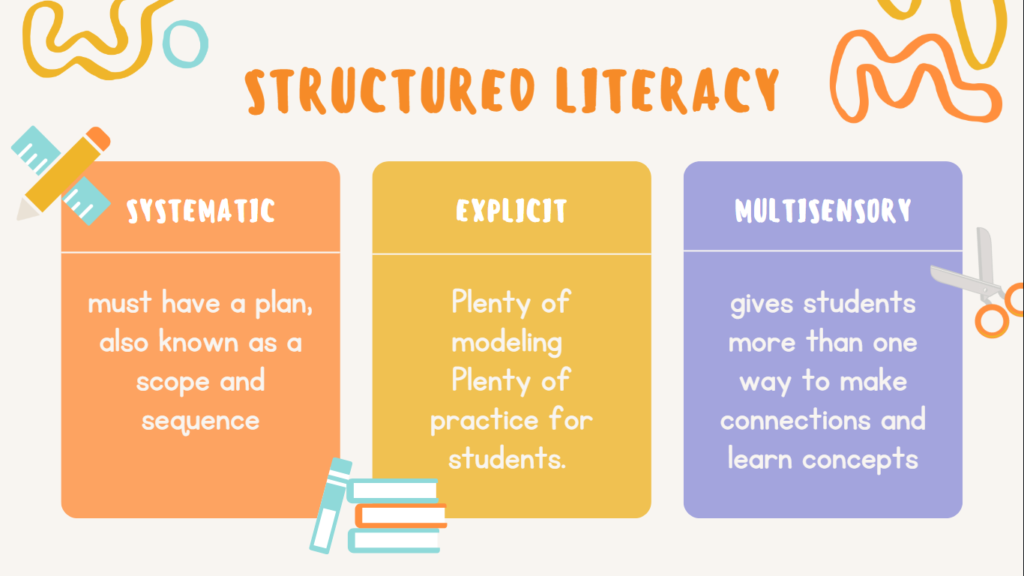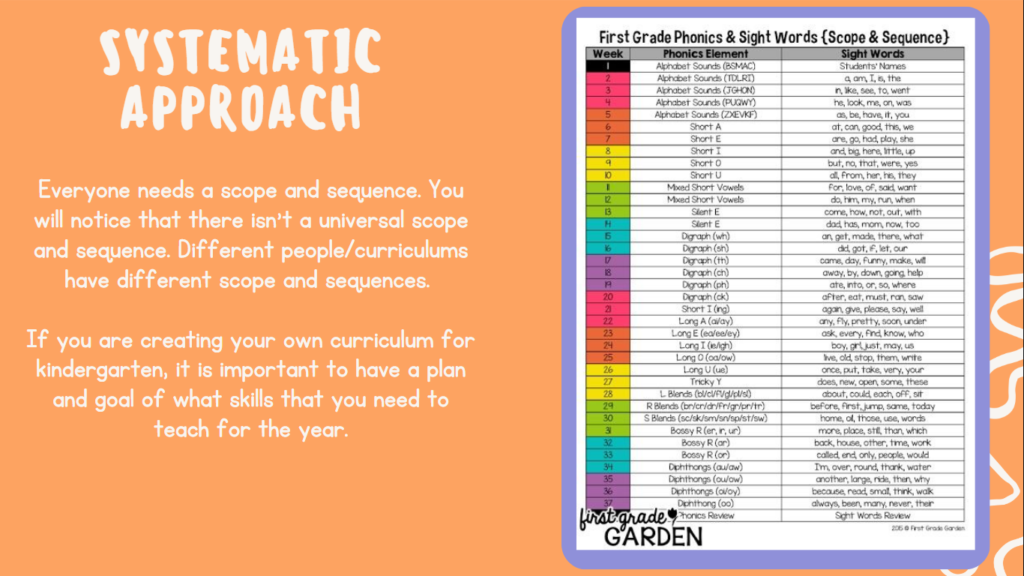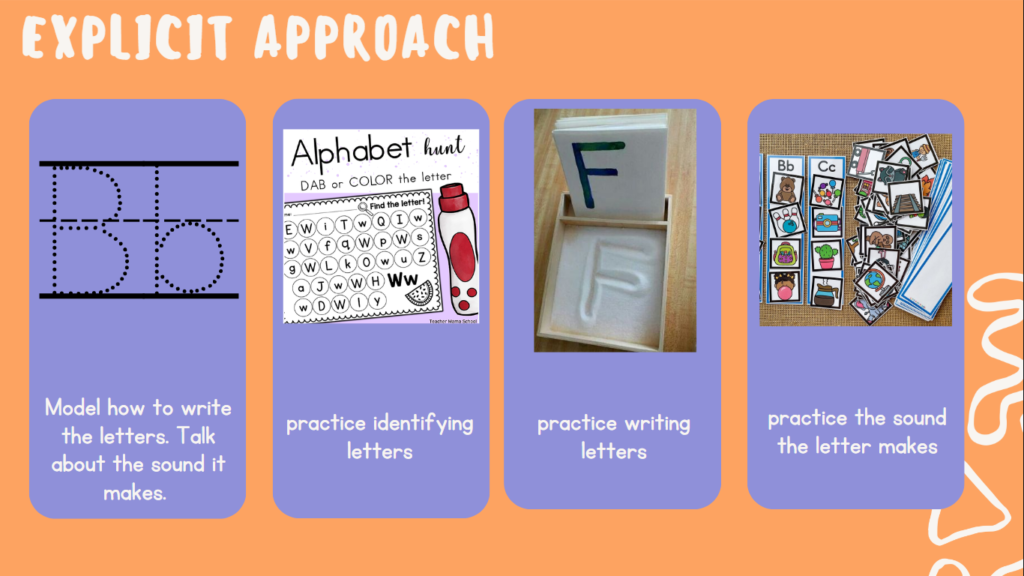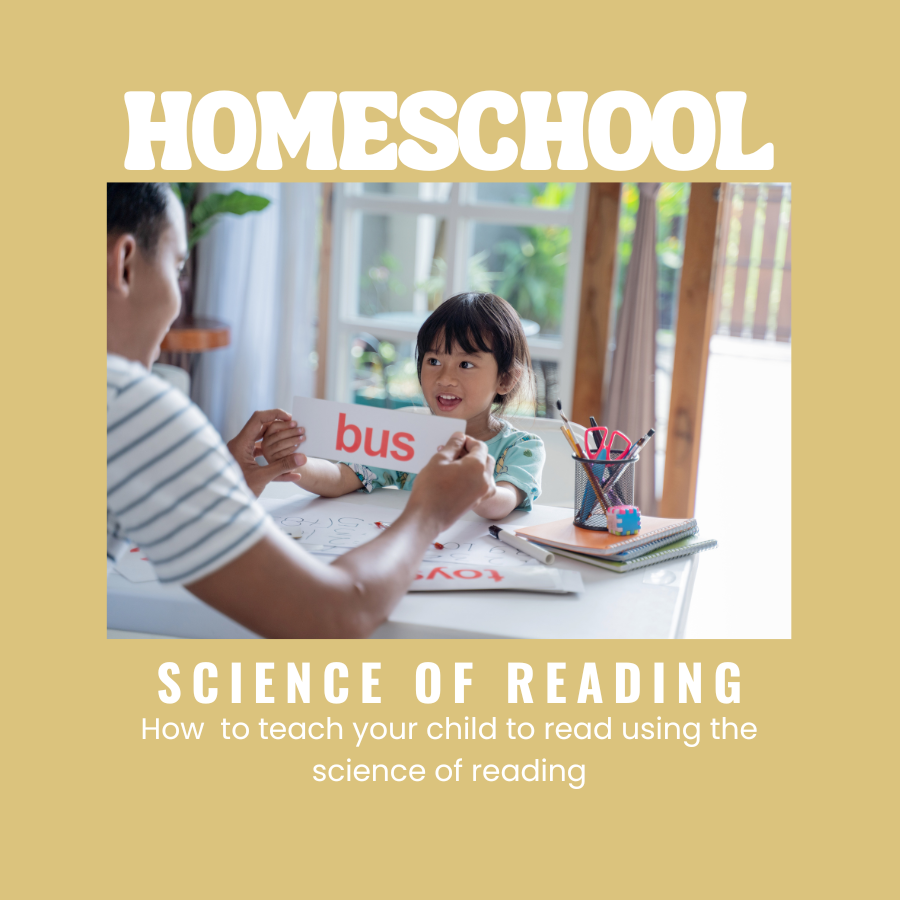Often times, when talking to new homeschooling families, they say the most nerve wracking part is teaching their child to read. This is totally understandable! If I am honest, this is the part of homeschooling that I have spent years researching. The research started during my teaching career and hasn’t stopped. Hopefully what I just said does not scare you, that is definitely not my intentions. While learning about the Science of Reading takes some time and effort, it will not take years to master. The goal behind this post is to give you a run down of the basics so you can start implementing this week! If you choose to research further, I will provide some links below.
This might be the “scariest post” I write, but stick with me! I am going to use some fancy words but I promise to explain them all to you in this post or others that I write (so keep checking back). If I am honest, the words itself is not the important part, the idea behind the words what I am wanting you to remember.
You might be wondering, “What is the science of reading?”
The science of reading has been around for awhile but is becoming popular again by reading experts. If you are around my age, 32, you probably didn’t learn to read in this way. I remember my mom telling me that she would just put words around the house and I would just have to memorize them. While it worked ish, it’s not the best way to learn to read. Have you ever came to a word that you have never seen before and it has been extremely hard to figure out or someone just had to tell you the word. That is because most words were memorized. For me, I only know the words that I have seen multiple times and were able to memorize or that I can use my context clues to figure out. No one taught me how to break words down to help me read unfamiliar words. Because kids have a limited vocabulary and still learning context clues, this is hard for them to do. As students grow older and words get bigger, it is important for students to learn some rules to help them brake down these words.
WHY SCIENCE OF READING?
You might be thinking, well I learned this way, and I am just fine. I am not going to waste my time on this. Let me give you some facts.
–The “old way” just isn’t working. 37% of fourth graders scored below basic on NAEP reading in 2022. As I look, not one state increased from the 2019 report, NOT ONE. Some states had no significate change, but 30 states decreased from the previous testing year. In my opinion this isn’t acceptable and something has to change!
–It benefits everyone, hurts no one. Some kids will learn how to read, almost like it’s magic but some kids will struggle with reading. Maybe it just doesn’t come as natural. Maybe some kids will struggle with dyslexia. Whatever the case is, the science of reading can only benefit. 65- 70% of students need a systematic instruction to become proficient readers.
WHAT IS THE SCIENCE OF READING?
Now let’s get into it! What is the science of reading?
The science of reading is research, from multiple fields of study using methods that confirm and disconfirm theories on how children best learn to read. Reading specialist believe you will need five components to be a successful reader. These are phonemic awareness, phonics, vocabulary, comprehension, and fluency.

Reading Comprehension: the ability to understand what we read is the end goal. This will eventually lead them to become life long learners.
There are many things that go into reading comprehension. We can categorize them as language comprehension as well as word recognition. Take a look at the graphic beside to see what each entails. In this blog, we will focus more on the word recognition side, but both are crucial for reading comprehension.

In your reading lessons you will need some sort of phonics curriculums.
What is phonics?
Phonics is an approach in which each symbol (letters) is represented by a sound. Phonics breaks words up segmenting each sound in the word.
For example, the word bat has three sounds. Each letter represents a different sound /b/ /a/ /t/
You can see in the graphic beside there are only 26 letters but 44 sounds. How is that possible? Think about the word ship. It has four letters but only three sounds. The sh together makes one sound. /sh/ /i/ /p/.
This is all what phonics is about!
WHAT DOES A READING LESSON NEED?
There are three components that are needed when planning a reading lesson. It needs to be systematic, explicit, and multisensory.


SYSTEMATIC APPROACH: This is a fancy word for a plan. You need a plan, simple as that.
If you look at the picture on your left, you will see a scope and sequence from First Grade Garden.
Not everyone will learn the same letter/rules at the same time, but most scope and sequence will be similar. For example, this introduces the letters BEMAC first. Some will introduce letters SATPIN first. Either way is fine. What most people can agree on is letters/sounds first, short vowels, diagraphs, and then blends.
You can usually find these scope and sequences at the beginning of your curriculums. This will simply help you see what will be taught and in what order.

EXPLICIT APPROACH: You want to make sure there is plenty of modeling from you and practice for your students.
You must model for what you want students to do. You want to teach them exactly how you want them to do it.
You want to make sure that students have plenty of practice. For general ed students (“average kids”) it takes students 8-18 repetitions for student mastery.
Beside, are some examples of how to teach and practice concepts in various ways.

MULTISENSORY APPROACH: As we all know, some students can simply look at something to learn. Some students, just need to hear something to learn. Some students need things to touch for mastery. Most students will benefit from all three. The goal is to provide all of these while teaching/practicing Multi-sensory instruction combines listening, speaking, reading, and a tactile or kinesthetic activity.
These are some examples of multisensory activities to practice phonics.
Let’s take the first picture as an example. You will have students look at the words, count/tap how many sounds (how many playdough balls) students will smash the playdough balls while saying the sounds represented by each symbol(letter). There are multiple senses playing a part, sight, touch, and speaking/hearing.
I don’t want to give too much information in one post and you get overwhelmed. You have a place to start and some ideas on how to start implementing the Science of Reading in your lessons today! Next blog, I will talk about what to look for when trying to figure out if a curriculum is backed in the Science of Reading.
If all of this sounds interesting, and you want to do some more research, I will post some other helpful articles below.
Reading Rockets
The Joy of Teaching
TED talk- Melissa Hostetter
Comment below some of your favorite Science of Reading activities.

Leave a Reply